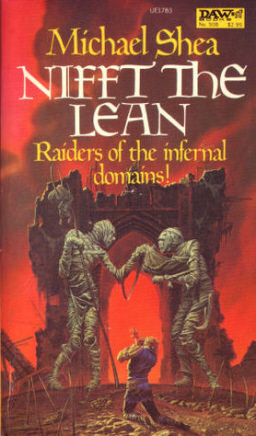Weird Western-on-Demand: The White Buffalo from MGM Limited Edition Collection
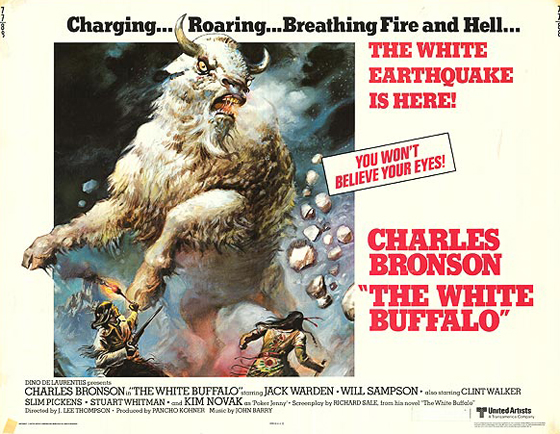 Warner Archive has so far received all the attention in my recent veer into the world of the manufacture-on-demand DVD, a dazzling universe where the big studios serve the niche movie lovers with titles that would otherwise only surface in North America on bootlegs swiped off Japanese laserdiscs. (Yeah, you own a couple of those.) Tarzan’s Greatest Adventure, The Bermuda Depths, and The Last Dinosaur all come from Warner Brothers’ MOD division. But two other studios have their own extensive MOD programs: MGM Limited Edition Collection and Universal Vault. It’s through MGM that we get the strange 1977 combo of Western and monster movie called The White Buffalo.
Warner Archive has so far received all the attention in my recent veer into the world of the manufacture-on-demand DVD, a dazzling universe where the big studios serve the niche movie lovers with titles that would otherwise only surface in North America on bootlegs swiped off Japanese laserdiscs. (Yeah, you own a couple of those.) Tarzan’s Greatest Adventure, The Bermuda Depths, and The Last Dinosaur all come from Warner Brothers’ MOD division. But two other studios have their own extensive MOD programs: MGM Limited Edition Collection and Universal Vault. It’s through MGM that we get the strange 1977 combo of Western and monster movie called The White Buffalo.
My first experience with The White Buffalo, aside from seeing ads on local television stations when it ran during “Charles Bronson Tough Guy Week,” was on an awful first-generation VHS tape I watched during college as part of an independent study of the 1970s Western. The movie was drab and a cruel disappointment considering how exciting the plot description sounded: “Wild Bill Hickok and Crazy Horse team up to hunt down a giant, possibly supernatural, white buffalo on a rampage.” How could such a crunchy high-concept result in such a bland film?
Blame “VHS goggles,” which turned the movie’s photography into mulch. The difference in The White Buffalo experience between VHS and DVD is substantial. Although the MGM Limited Edition Collection DVD is rough compared to today’s Blu-rays, it is about as good as the picture could look in standard definition without undergoing hefty restoration. The movie isn’t a lost classic, but it wins in the realm of atmosphere: eerie and bleak. The artifice of the limited budget, which puts most of the nighttime and snowbound scenes against the Buffalo on obvious interior sets, contributes to the dream-like atmosphere. That may be an accident of filming, but it’s a positive creative accident. The White Buffalo never succeeds as an action thriller, but it remains a fascinating piece of odd Western cinema of the 1970s, a decade filled with plenty of oddness for the grand ol’ American genre. The current popularity of the Weird Western and steampunk subgenres gives the movie a freshness that moves it beyond being only a “Manifest Destiny” take on Jaws.
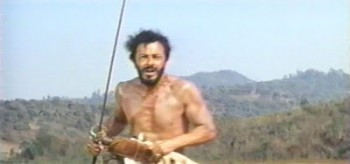
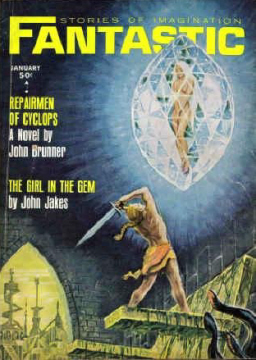
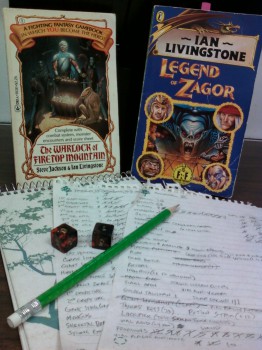

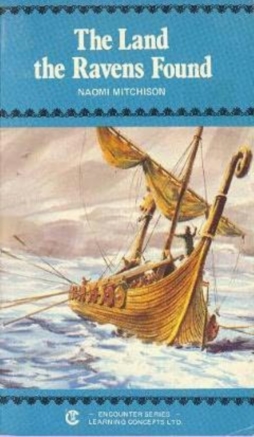 One of the joys you get to have as a reader is the discovery of a new writer, or a new old writer, with a back catalogue of work out there waiting for you. A little while ago, my girlfriend Grace and I were at a book fair when Grace came across a children’s novel called The Land the Ravens Found. First published in 1955, the copy she’d found was a fourth edition, from 1966, suggesting there’d been some demand for the book over the years. It was a story of Viking times and the founding of a settlement in Iceland, written by a woman named Naomi Mitchison. Neither of us had heard of her, but after reading the book, Grace was impressed enough to recommend it to me; after reading it myself, and learning a bit about Mitchison online, I thought it’d be worth writing a little here on both book and author.
One of the joys you get to have as a reader is the discovery of a new writer, or a new old writer, with a back catalogue of work out there waiting for you. A little while ago, my girlfriend Grace and I were at a book fair when Grace came across a children’s novel called The Land the Ravens Found. First published in 1955, the copy she’d found was a fourth edition, from 1966, suggesting there’d been some demand for the book over the years. It was a story of Viking times and the founding of a settlement in Iceland, written by a woman named Naomi Mitchison. Neither of us had heard of her, but after reading the book, Grace was impressed enough to recommend it to me; after reading it myself, and learning a bit about Mitchison online, I thought it’d be worth writing a little here on both book and author.
